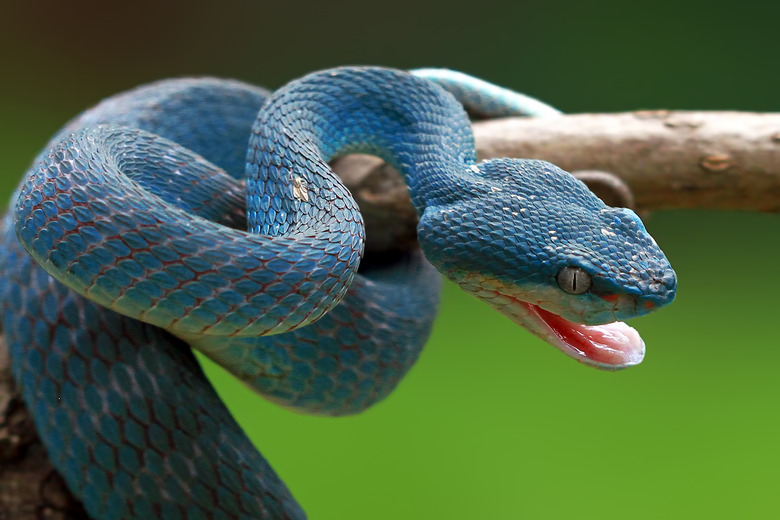Science Projects On Snakes
Science projects have always been a great way for students to independently learn how to use the scientific method and experimentation to come up with their own findings. Students looking for a project idea might want to find a subject matter that is exciting, interesting and fun to work with. Projects that involve snakes or reptiles provide a great way to learn more about these interesting animals and can make exciting presentations when complete.
Type
Type
Before deciding on the exact science project you'll be doing you might want to consider the specific type of project you want to undertake. There are three main types of science projects. The most common is the experimental project. This project type involves asking a scientific question you don't know the answer to and then using experimentation to find that answer. The presentation is simply laying out the question, the hypothesis, the experiment and then the conclusion. The descriptive project is simply describing a scientific principle, phenomenon or and existing situation. These will have a lot more freedom in presentation format. Finally, the building project is building a science-related device or tool and describing the process and result. For a snake-related project the experimentation and descriptive projects may be the best choices.
Elementary School
Elementary School
Elementary school students may want to stick to descriptive projects to describe or teach about some aspect of the snake that interests you. Look at the snake and find out what aspect of it you would like to know more about. You can describe the average life cycle of the snake, how it is born and what life is like while it is growing. You can describe how different snakes adapt to their specific environment, such as why does a cobra have a hood and a rattlesnake have a rattler; be specific. Snakes are interesting creatures. Taking time to think about what you would like to know more about and what would interest you should give you an idea for a solid science project.
Higher Grades
Higher Grades
Middle- and high-school projects should naturally be more involved in experimentation and the scientific process. Ask yourself questions about the snake. Does its environment affect how often it sheds? Does a certain type of snake digest food at different rates depending on different situations? Does the speed of the snake change based on the surface it is on? High school students may even want to involve dissection in their project. Look at the snake and ask yourself questions like "why does" or "what would happen if"; these questions form a great basis for a hypothesis, and when working from a hypothesis it should be easy to construct a well thought-out experiment.
Warnings
Warnings
Snakes are living creatures and can be dangerous. Never handle a snake unsupervised. Also make sure you come up with your own ideas when developing a science project. Never steal or mimic another project. It is OK to use an existing project to be inspired to do something similar, but your project should be original and all your own.
Cite This Article
MLA
Rubino, C.A.. "Science Projects On Snakes" sciencing.com, https://www.sciencing.com/science-projects-on-snakes-12747594/. 15 November 2019.
APA
Rubino, C.A.. (2019, November 15). Science Projects On Snakes. sciencing.com. Retrieved from https://www.sciencing.com/science-projects-on-snakes-12747594/
Chicago
Rubino, C.A.. Science Projects On Snakes last modified August 30, 2022. https://www.sciencing.com/science-projects-on-snakes-12747594/
